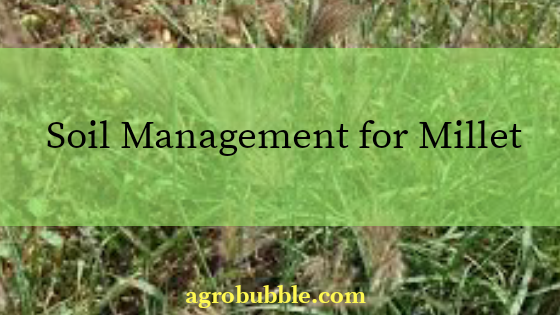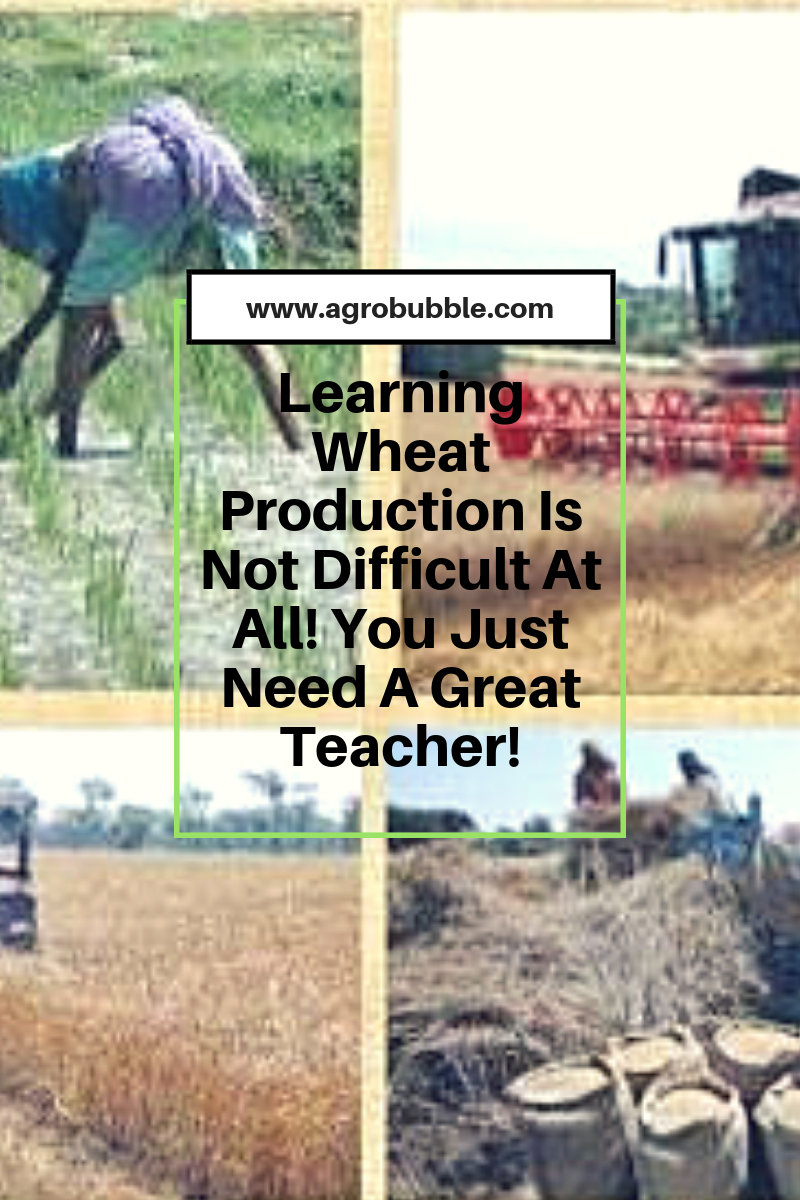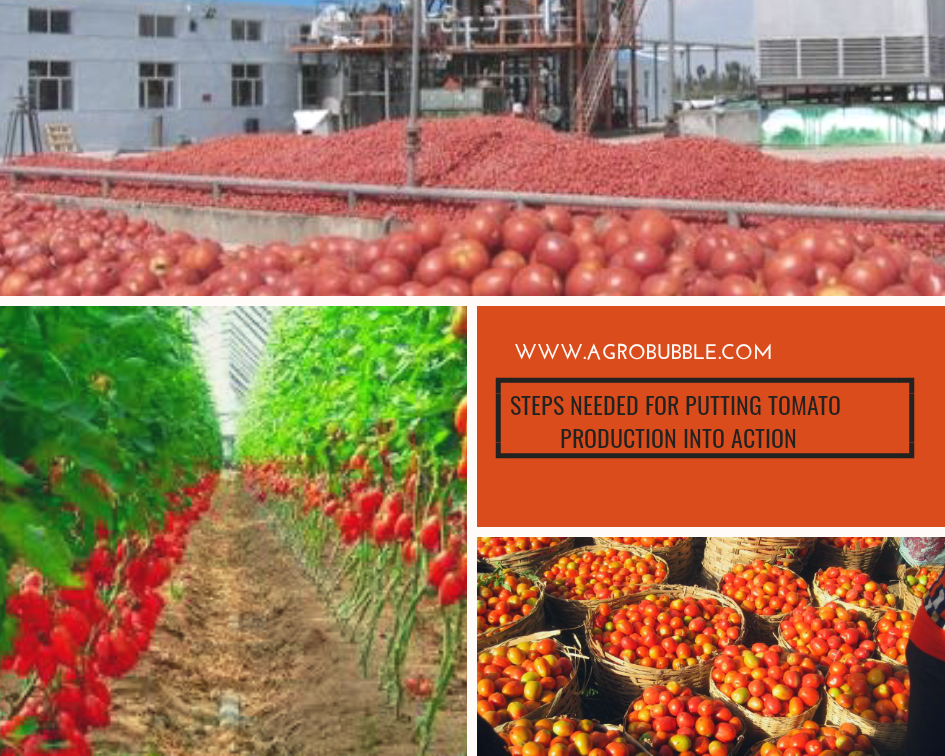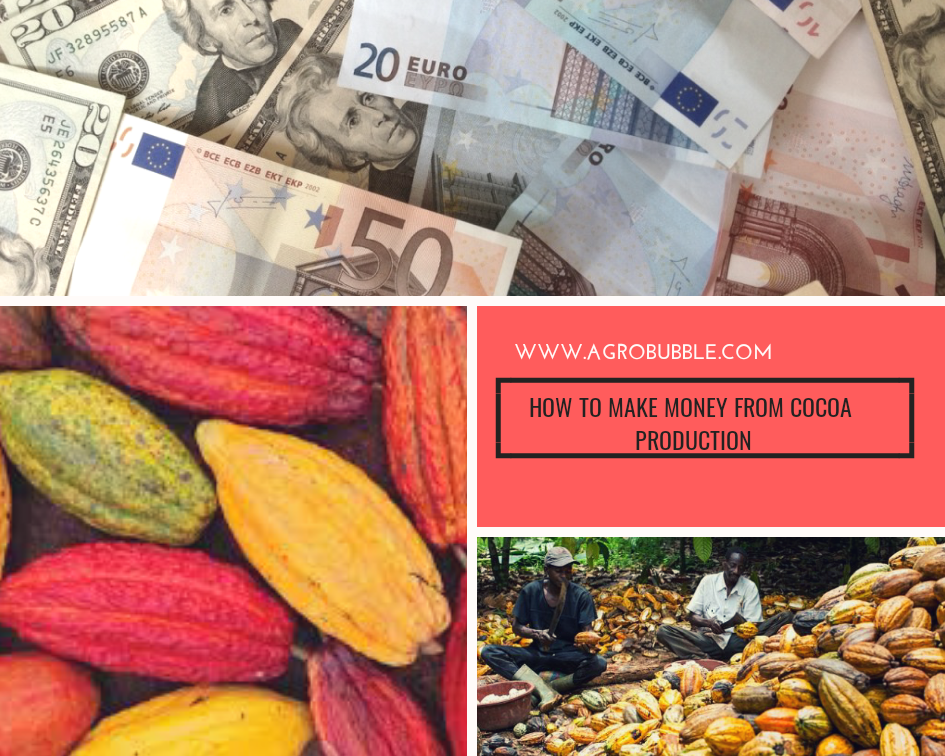Agriculture
Sesame Production: What’s Trendy That Everyone Went Crazy Over.
In Sesame production, the seed popularly called “big treasure in small capsules” is currently ranked as the second best to Cocoa in terms of export volume and value. Africa contributes 15%of the world’s production with Sudan, Uganda and Nigeria the key producers. It’s production in Nigeria has risen steadily from an estimated 180,000 MT in […]
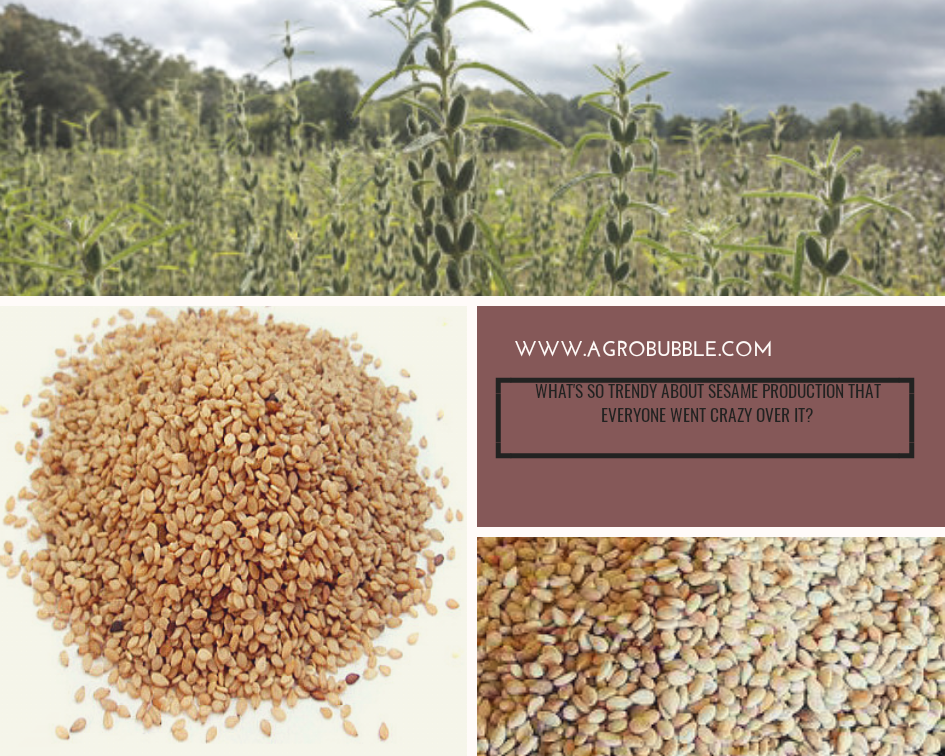
In Sesame production, the seed popularly called “big treasure in small capsules” is currently ranked as the second best to Cocoa in terms of export volume and value.
Africa contributes 15%of the world’s production with Sudan, Uganda and Nigeria the key producers.
It’s production in Nigeria has risen steadily from an estimated 180,000 MT in 2000 through 250,000 MT in 2001 to 400,000 MT in 2004 cropping seasons with a yearly increment of about 15%.
The major sesame producing areas in Nigeria are Nasarawa, Jigawa, Benue, Yobe, Kano, Katsina, Kogi, Gombe State. Other states where sea same is gaining significance are Taraba and Adamawa.
The seed contains all essential amino acids and fatty acids and it is a good source of vitamins and important minerals such as calcium and phosphorus.
SITE SELECTION FOR SESAME CULTIVATION
The crop is grown from sea level to 1500m elevation in warm climates.
A soil temperature of 25°C to 27°C encourages rapid germination, initial growth and flower formation.
Germination and seedling growth is delayed at temperatures below 20°C and inhibited at 10°C.
Extremely hot weather (above 40°C) often leads to poor fruit set.
Take a look: Cowpea Production: Reasons Why It’s Getting More Popular In The Past Decade
Avoid water logged areas since sesame is sensitive to water logging.
Choose well-drained fertile soils of sandy loan or loan texture though it can grow well on poor soils.
LAND PREPARATION FOR SESAME PRODUCTION
Clear land intended for sesame production. This may involve partial burning as intensive burning may destroy beneficial microorganisms as well as soil texture.
Plough (where necessary) harrow and ridge to obtain a fine soil tilt.
Where the land is small, prepare the soil with a hand hoe to obtain a fine tilt.
PLANTING DATE, TIME AND METHODS
Depending on the variety and ecological zone sowing begins in March to early August in Guinea savannah and June to July in the Sudan savannah and by first rains in Sahel areas.
The seedling stage is extremely sensitive to moisturized stress, hence sowing should be such that emergence does not coincide with scattered and erratic showers.
Generally 400-500 mm of evenly distributed rainfall is required during the growing season. Heavy or prolonged rains after showing may wash away most of the seed or cap the soil surface thus preventing seedling emergence.
Showing can be done by broadcasting, drilling or dibbling.
Spacing of 60 cm × 10 cm is recommended on flat and 75 cm × 10-15 cm on ridges. Seed rate of about 3.5-4 kg/ha is required for drilling and dibbling and about 5 kg/ha is required for broadcasting.
Mix seed with sandy soil for broadcasting (about wag of seed in a wig of sand).
You may gap fill by transplanting 2 to 3 weeks after emergence.
SOIL MANAGEMENT FOR SESAME PRODUCTION
Sesame thrives well under good soil conditions.
It requires loamy or sandy/ loam soils.
It is also important to grow Cowpea in rotation with cereal crops to provide natural soil enrichment.
It is recommended to apply 5-10 tons of Farm Yard manure in order to improve soil nutrients, texture and structure.
INTEGRATED SOIL FERTILITY MANAGEMENT
Sesame can be grown with little or no fertilizer even under poor conditions. When intercropped with cereals, and if the cereals are adequately fertilized, then there may be no need to fertilize the sesame crop.
The recommended rate; N (20-50kg), P (30-60kg), K (30-35 kg) per ha.
However, application of 200 kg/ha NPK (15-15-15) at 2 WAS and second dose of 50 kg/ha Urea at 5 WAS gives a reasonable economic return.
WATER MANAGEMENT FOR SESAME PRODUCTION
Sesame requires relatively less water compared to maize and rice.
It requires an annual rainfall of 500-600mm
WEED CONTROL
Control weeds as soon as they emerge as sesame is sensitive to weeds at nearly growth.
Use hands/hand hoe in controlling weeds and repeat when necessary to avoid weed competition.
Currently there are no established herbicides for sesame in Nigeria.
HARVESTING OF SESAME CROPS
Harvest the crop when about 70% of the capsules turn yellow.
Start harvesting earlier to avoid seed loss through shattering.
Do not uproot the plant at harvesting to avoid seed contamination with soil.
Use sickle or any sharp object for harvesting.
Cut the plants at harvesting 15 cm above the ground or some few below the lower capsules.
Sort the harvested plant; remove immature plants, grasses, off types and other varieties.
Tie the harvested plants in bundles and keep them upright on concrete floors free from sand or on tarpaulin for complete during.
Thresh by shaking, beating slightly with sticks.
After threshing, win the seeds to remove light speeds, dead seeds, grasses, leaves and other materials.
See Also: PAWPAW FRUIT: HIGH VALUE AND IMPORTANCE YOU SHOULD KNOW!
Immediately after winnowing, bag the seeds in new bags, clean containers or pots.
Do not use old bags as it may harbour some insect pests or diseases.
Store in a well-ventilated store or silos (or rumbu).
The store must be cool, dry and clean.
Store it away from other grains such as Sorghum, Cowpea and Millet.
Do not keep your seeds for too long in the store as sesame seed loses its quality when kept for too long in the store.
In carrying out this operation, avoid seed contact with sand.
What are your suggestions? Please use the COMMENT section below.

